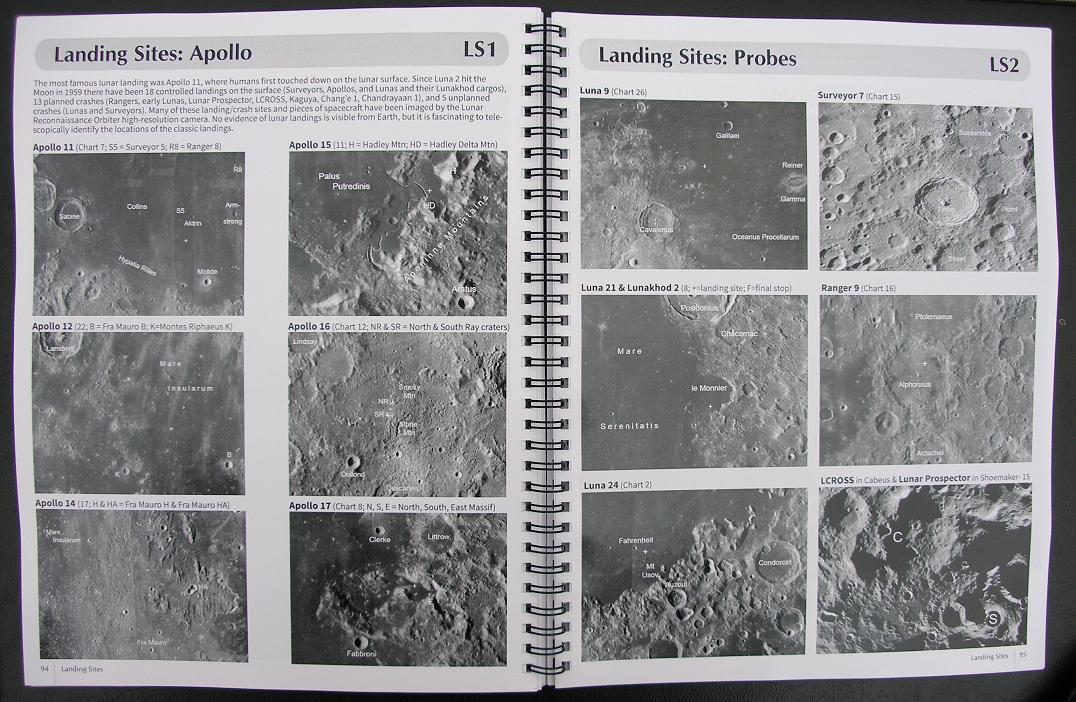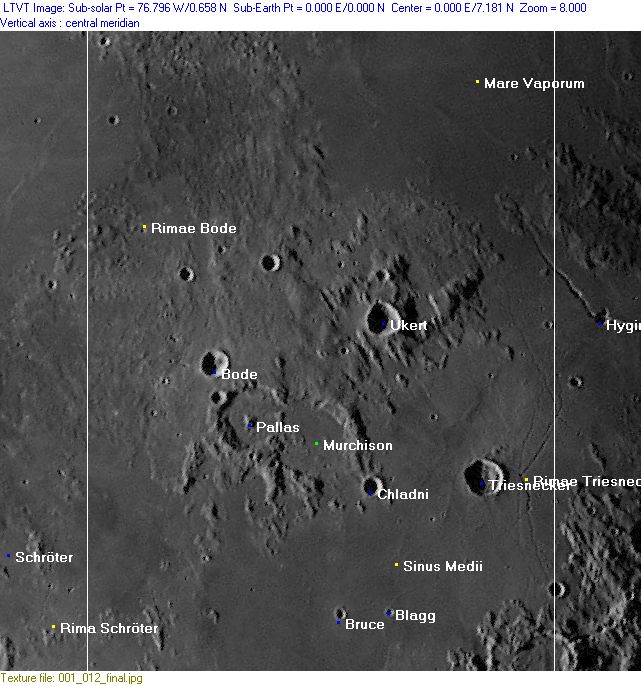

It contains all the features that made the original so widely used: a combination of an index of all International Astronomical Union named primary lunar features, and twelve chart areas help to locate any named lunar features of interest that can each be examined under typically five different states of illumination. The result is a The Hatfield SCT Lunar Atlas for 21st century amateur telescopes up to and beyond 12-inch aperture. This has been achieved by merging computer-visualized Earth-based views of the lunar surface, derived from NASA's Lunar Reconnaissance Orbiter data, with scanned copies of Commander Hatfield's photographic plates, using the author's own software. The new, digitally re-mastered second edition vastly improves the clarity and definition of the original photographs - significantly beyond the resolution limits of the photographic grains present in earlier atlas versions - whilst preserving the layout and style of the original publications. Identification of lunar features is made quick and easy. This new SCT version of the Atlas solves this problem for observers. Because of the way the human visual system works, it is almost impossible to mentally 'mirror-image' a map to compare it with the view through the eyepiece, so even turning an IAU-standard atlas upside-down doesn't help That's with North at the top and East on the left. However, the current ranges of Schmidt-Cassegrain and Maksutov telescopes - that's most of those manufactured by Meade, Celestron, and many others - don't invert the observed image but instead reverse it left-for-right. The standard Hatfield Atlas therefore follows the IAU (International Astronomical Union) convention of having maps (and photographs) with South at the top and West on the left: an inverted image. Newtonian telescopes and astronomical refractors - for many years the only choice for amateurs - invert the observed image. With special maps of the limb and far side, LRO altimetry-based images of major basins and their mare ridge, and maps of the Apollo and Soviet landing sites, this guide offers a level of detail never before seen in an atlas of the Moon.In 2004, it became obvious that Henry Hatfield's original atlas wasn't suitable for all current commercially-made amateur telescopes. The "Atlas "clearly provides unprecedented detail on more than one thousand named Moon features, while recommending additional features and images to observe. With over two hundred Lunar Reconnaissance Orbiter images, the highest quality images of the moon ever taken, this atlas illustrates the Moon in high resolution. It is both accessible to the novice and valuable to the expert. As an indispensable guide to telescopic moon observation, it can be used at the telescope or as a desk reference. The "21st Century Atlas of the Moon "is uniquely designed for the backyard, amateur astronomer. For many, simply noticing it is a pleasure, yet it is also a fascinating world of craters, mountains, and volcanoes worthy of a closer look. On most nights and days, the Moon is visible somewhere in the sky. With special maps of the limb and far side, LRO altimetry-based images of major basins and their mare ridge, and maps of the Apollo and Soviet landing sites, this guide offers a level of detail never before seen in an atlas of the Moon.


The "21st Century Atlas of the Moon "is un.


 0 kommentar(er)
0 kommentar(er)
